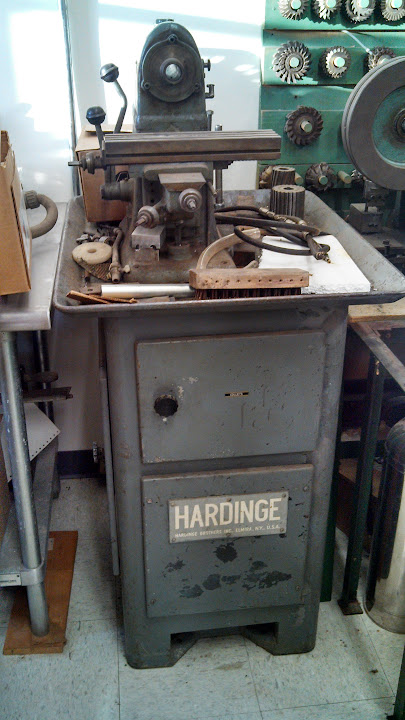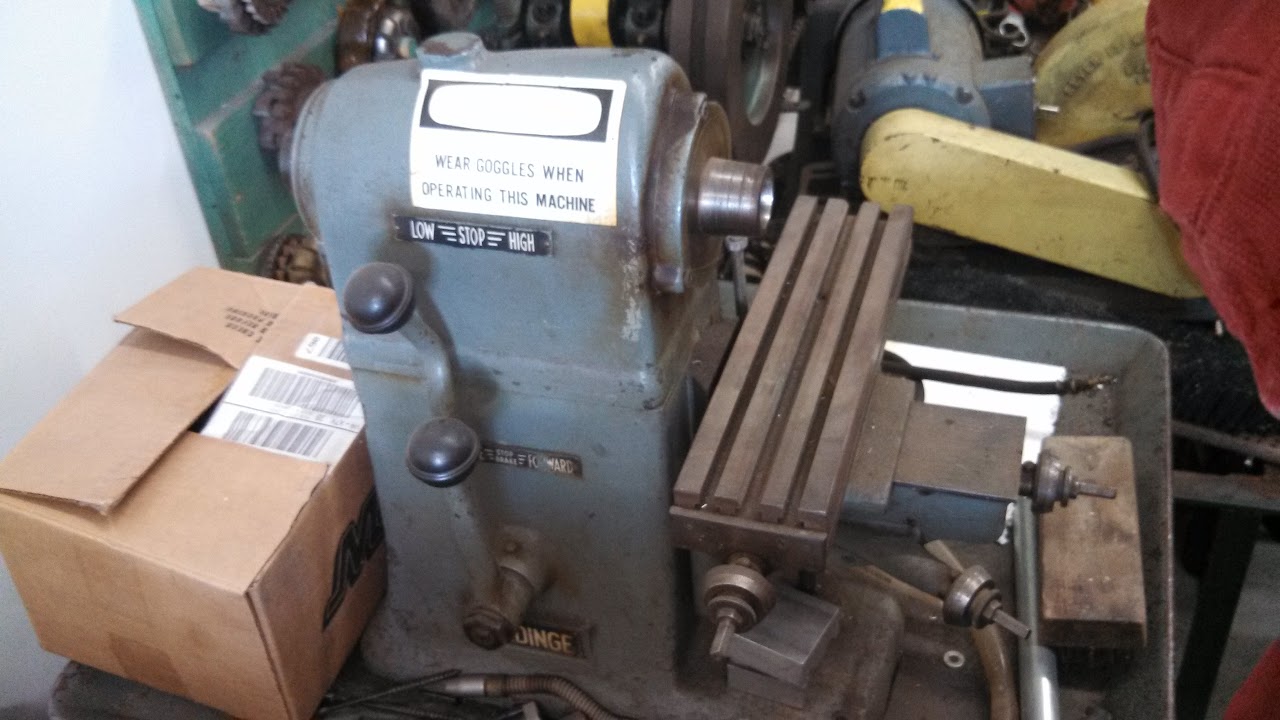Grigg
Hot Rolled
- Joined
- Jun 25, 2007
- Location
- Lexington, VA
What can y'all tell me about this tiny Hardinge horizontal mill?
It certainly has similarities and shared parts with their little lathes, spindle nose even looks like it'll take a lathe chuck as well as collets as you'd expect.
It was my mentor's and he never ran it that I remember, nor have I. I've kept an eye out for another one for years, just curious to see another, but never stumbled onto one. I'm cleaning shop and trying to decide if I ought to keep it or not, need to make room for a new machine or find room to keep them both?


Thanks,
Grigg
It certainly has similarities and shared parts with their little lathes, spindle nose even looks like it'll take a lathe chuck as well as collets as you'd expect.
It was my mentor's and he never ran it that I remember, nor have I. I've kept an eye out for another one for years, just curious to see another, but never stumbled onto one. I'm cleaning shop and trying to decide if I ought to keep it or not, need to make room for a new machine or find room to keep them both?


Thanks,
Grigg




![IMG_3153[1].jpg IMG_3153[1].jpg](https://www.practicalmachinist.com/forum/data/attachments/216/216177-8d627a2d847ea227a6e51d3014a7bf38.jpg)
![IMG_3154[1].jpg IMG_3154[1].jpg](https://www.practicalmachinist.com/forum/data/attachments/216/216178-743bba49e5f9448abe351ec80c045c62.jpg)
![IMG_3155[1].jpg IMG_3155[1].jpg](https://www.practicalmachinist.com/forum/data/attachments/216/216179-0524f57bfd34054b3b73c2be79895ce7.jpg)